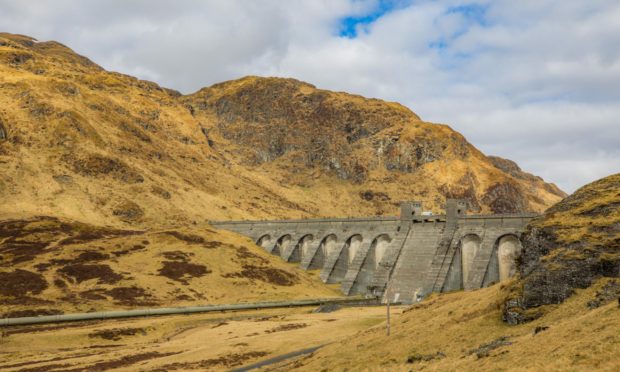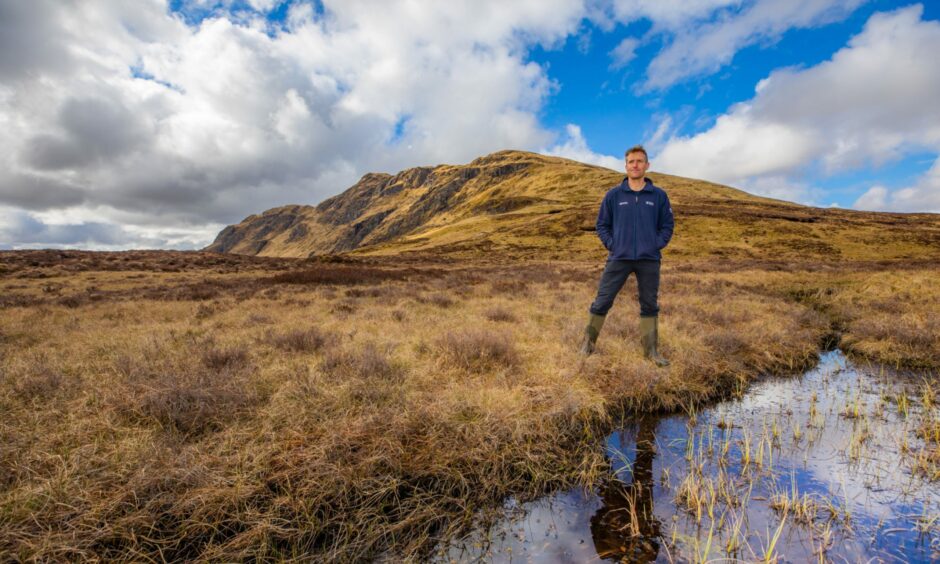Satellite technology could offer a better understanding how bog and peatland “breath”, which could help restore the vital soil.
New research, released on International Bog Day (July 25), shows mapping out how the surface of peatlands move can help restoration efforts.
The research is thanks to a collaboration between NatureScot, Forestry and Land Scotland and universities in the Highlands and Nottingham.
They used a satellite interferometric synthetic aperture radar (Insar) to measure the so-called “bog breath” of peatland, which can be influenced by factors such as water levels, vegetation and land management.
Keeping bogs and peatlands healthy is crucial to reducing carbon emissions. When healthy, they store CO2.
But when the land degrades — or is dug up to be used in commercial compost — it can release large swathes of the pollutant into the atmosphere.
What did the research find?
Scotland is home to a significant proportion of Europe’s peatland, the majority of which is in Highlands and along the west coast. But there are some significant bog banks in Perthshire, such as at the Ben Lawers National Nature Reserve.
Dan Watson leads a restoration team in that area. He has said peatlands were previously considered “worthless”, but now scientists understand their importance.
And James Hutton Institute findings earlier this year indicate improved management of peatlands can cut global carbon emissions by about 500 million tonnes a year.
Insar processing techniques allows us to monitor peatland condition at a scale unimaginable a decade ago.”
Chris Marshall, lead author of the study
Keeping peatlands and bogs healthy is one of the key tools in achieving the Scottish Government’s goal of reaching net-zero emissions.
The latest research finds that measuring bog breath — how the surface swells and contracts — can help assess a peatland’s condition. This will help ascertain how effective different restoration techniques are.
If Insar is used nationwide it could also help identify which areas are at risk of degradation.
Resources can then be put to use where they are needed most.
May Shirkhorshidi, NatureScot’s peatland action manager, said restoration can help fight the “twin crises” of climate change and biodiversity loss.
“While in the early stages of development, we are excited about the long-term potential of this research. It could help… target priority areas for restoration and offer a scientifically-proven way of monitoring changes in peatland.
“Crucially it could allow us to do this more quickly and on a far larger scale across Scotland.”
How will Insar help?
Chris Marshall, lead author of the study, is a peatland scientist at the University of the Highlands and Islands.
He said Insar gives a “unique insight” into the inner workings of peatland landscape.
“Insar processing techniques allows us to monitor peatland condition at a scale unimaginable a decade ago.”
The research techniques are already in use to determine the resilience of Scotland’s peatlands to “extreme climate events” such as wildfire and drought.











